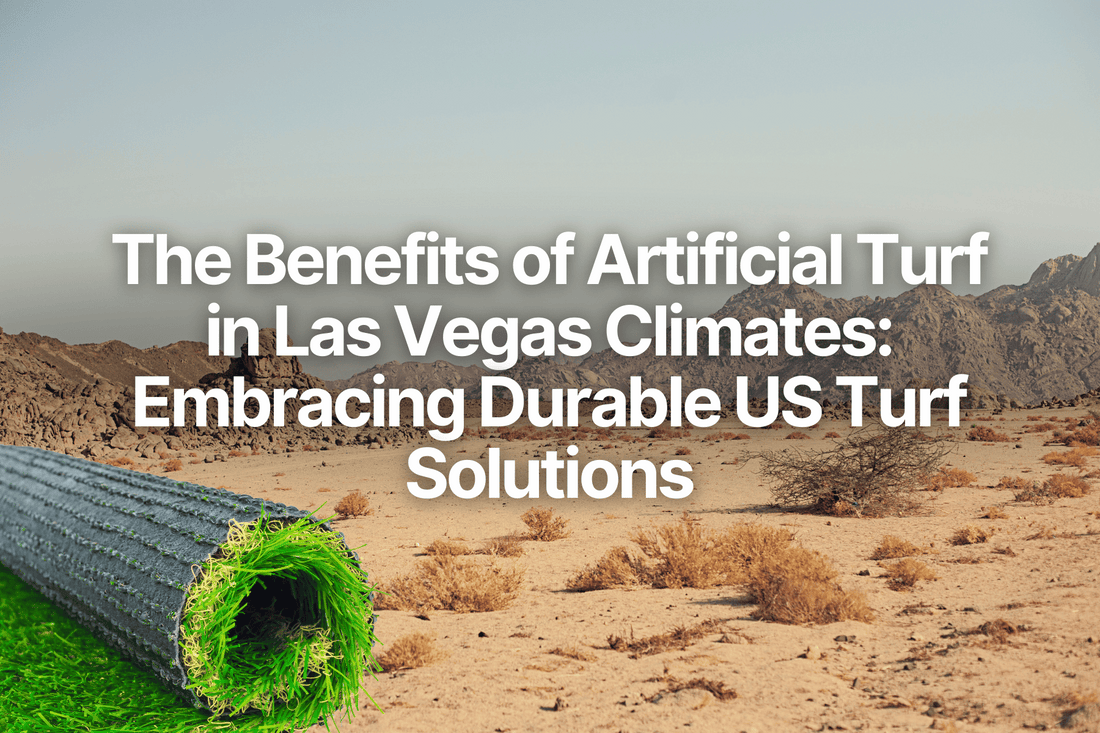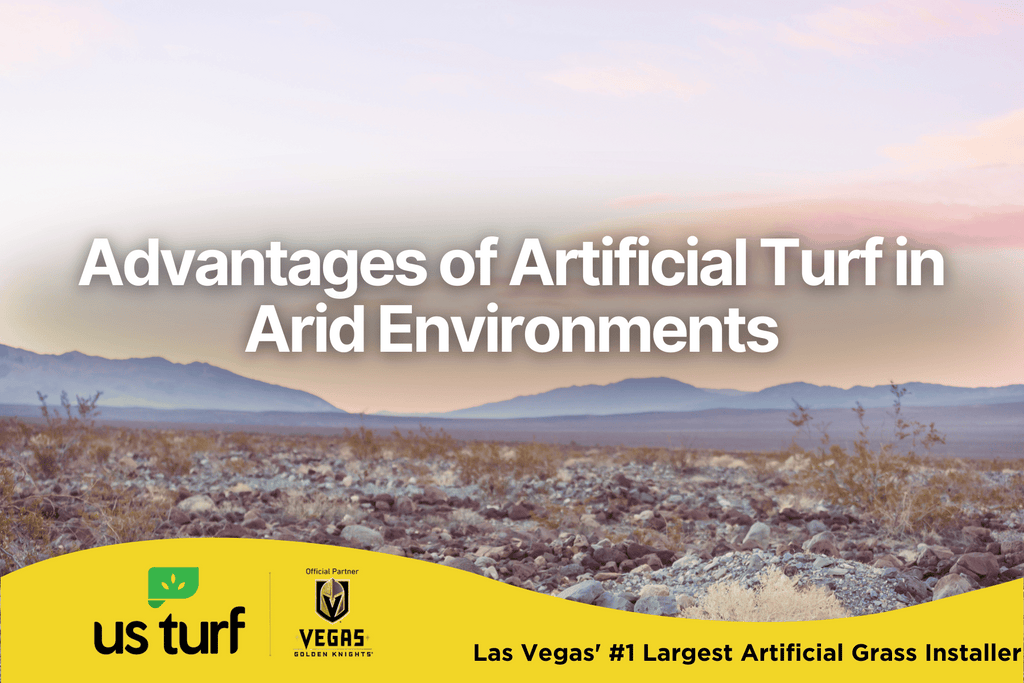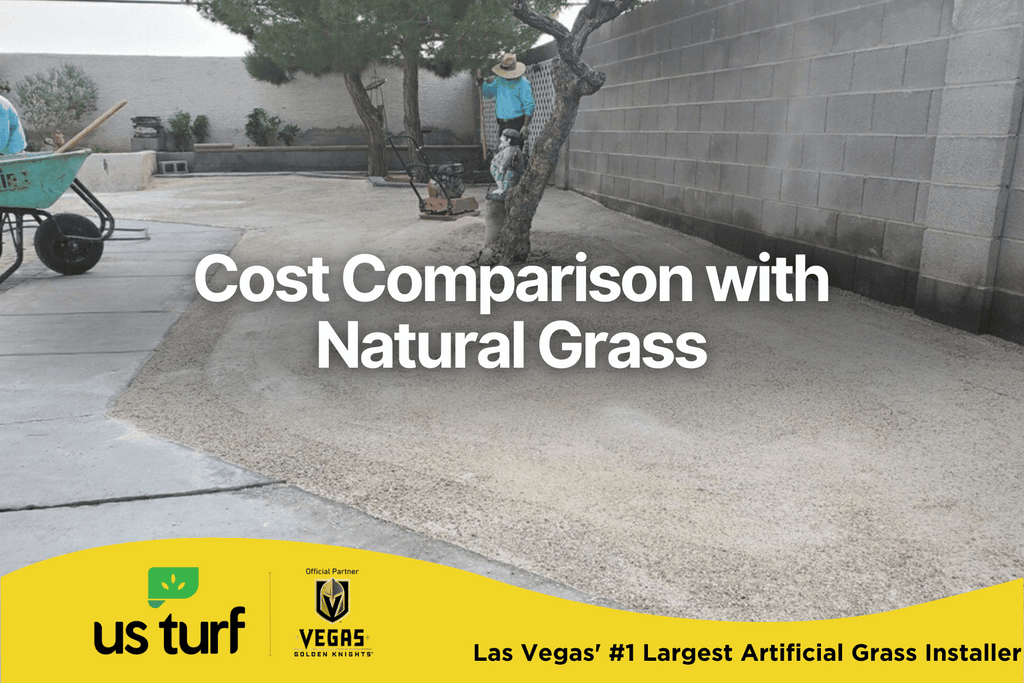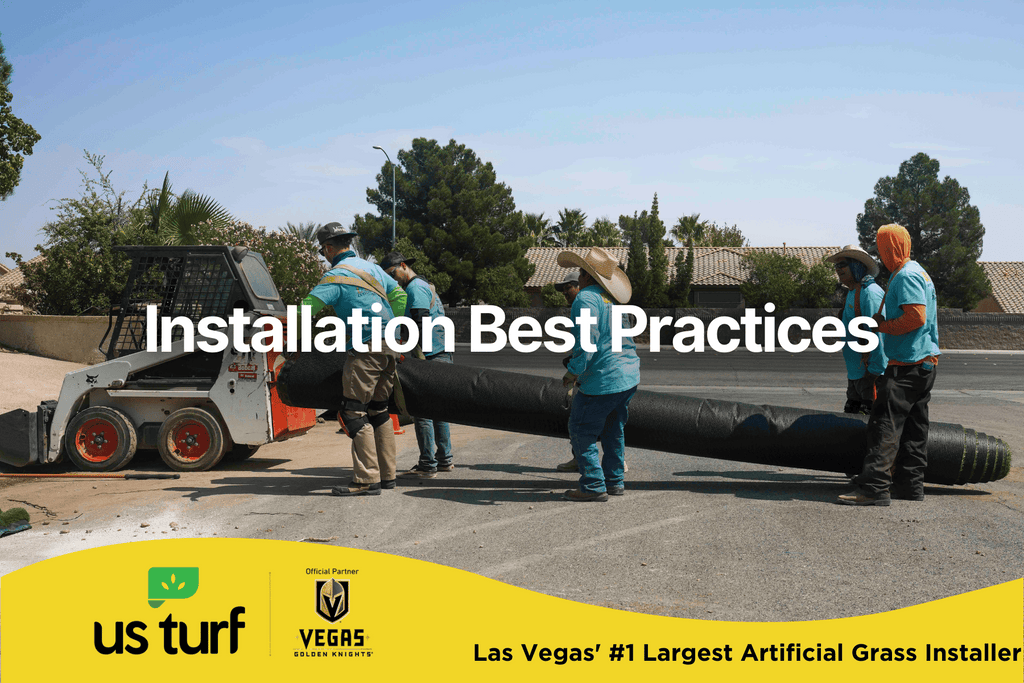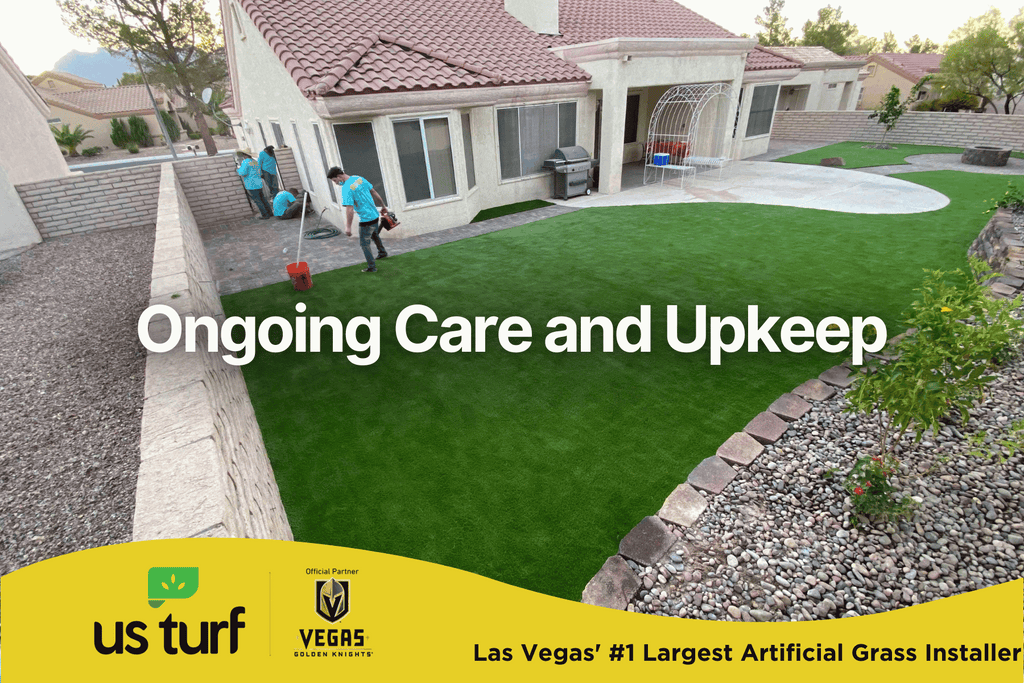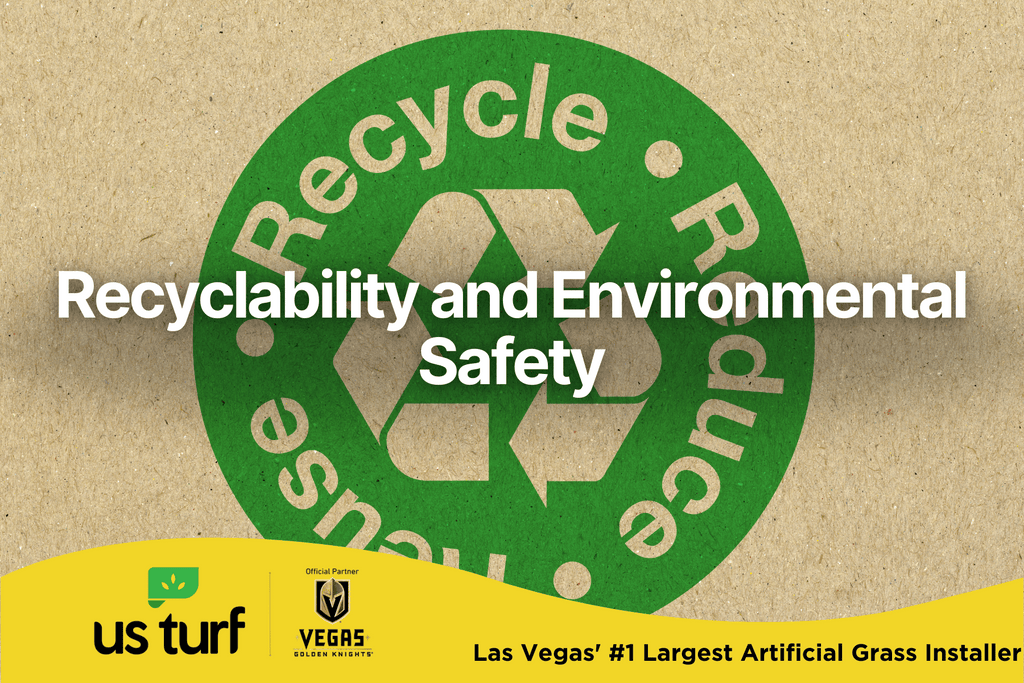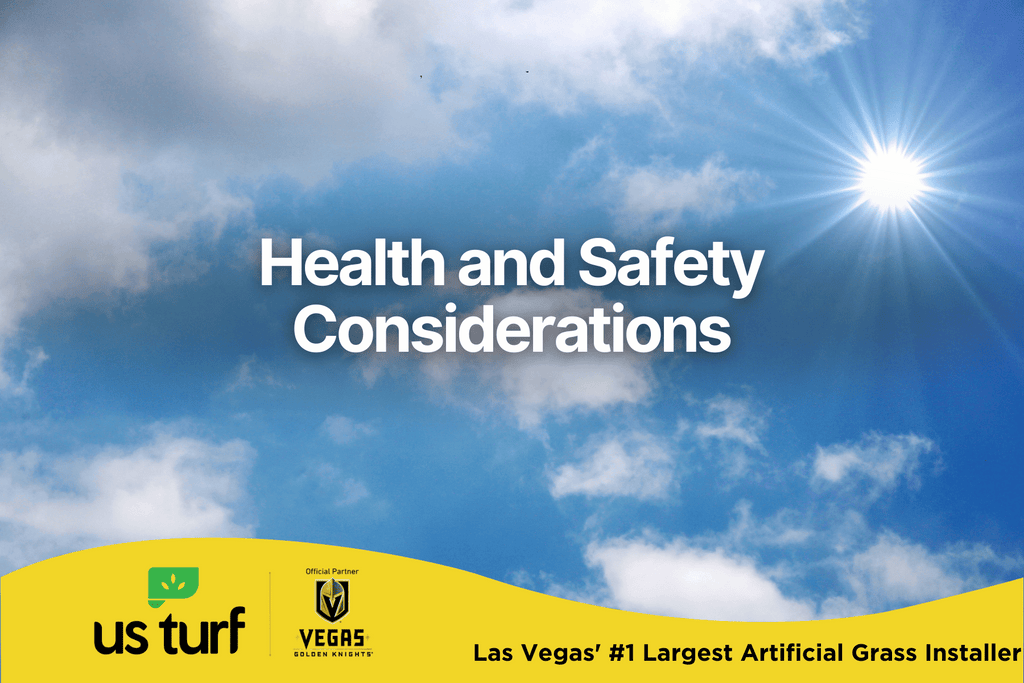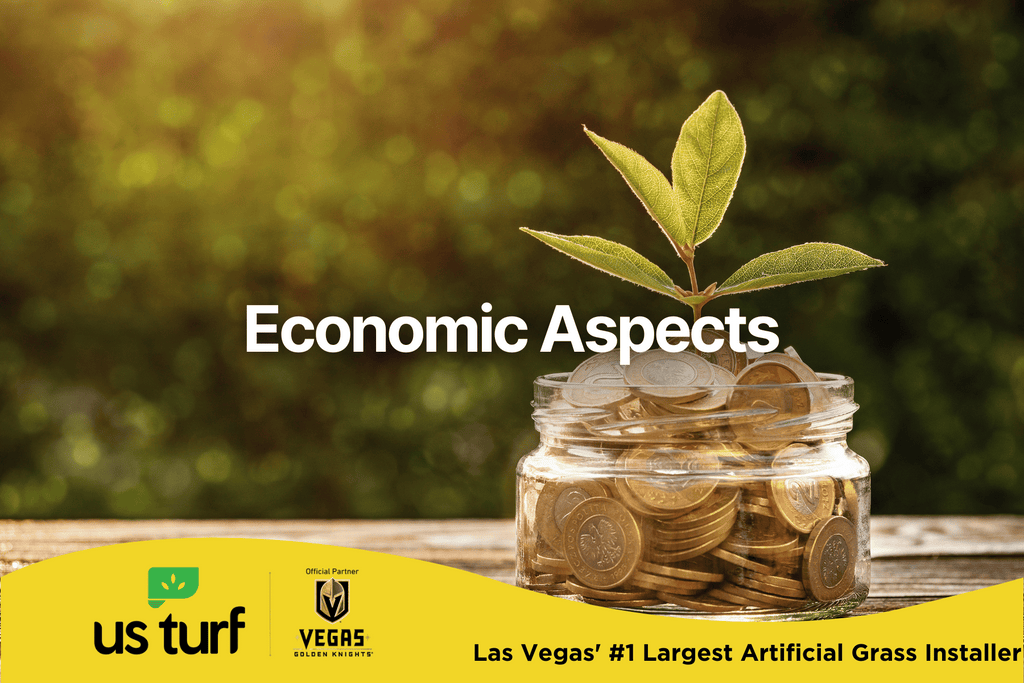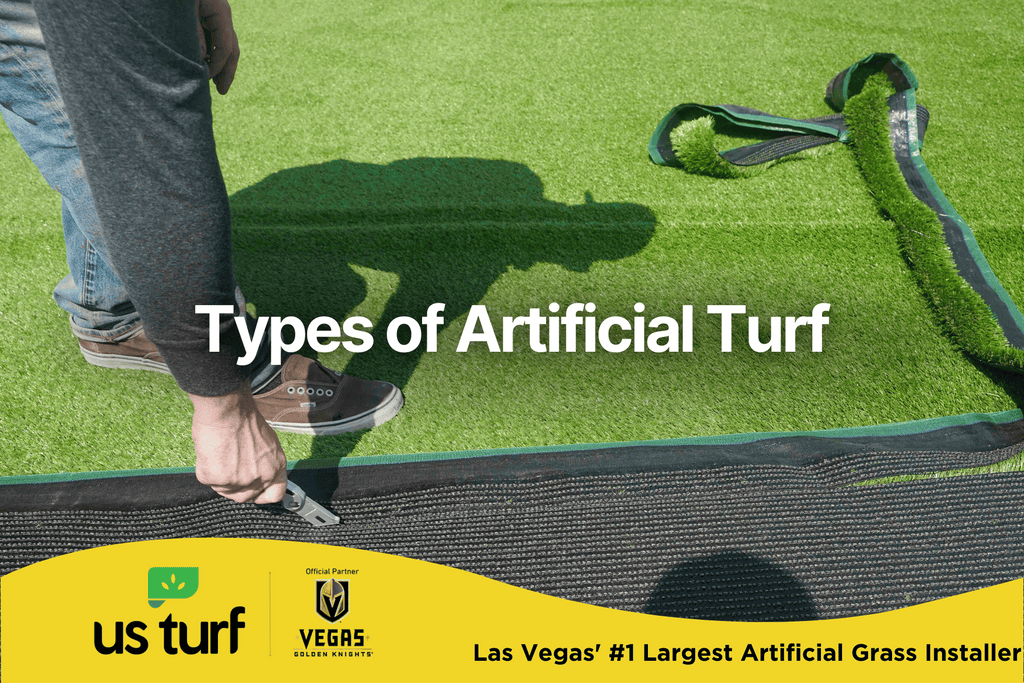In the bustling city of Las Vegas, the quest for pristine, evergreen landscapes is met with the unique challenges of an arid desert climate. Many homeowners and businesses are turning to artificial turf as a practical solution to navigate the scarcity of water and the need for aesthetic appeal. Synthetic grass offers a lush, green look year-round without the extensive maintenance or water consumption required by natural grass.
With the installation of artificial turf, Las Vegas residents can significantly reduce their water bills while contributing to conservation efforts in the region. Not only does artificial grass eliminate the need for watering, but it also requires no mowing, fertilizing, or weed control. This translates into less time spent on lawn maintenance and more time enjoying the beauty of a perfectly manicured landscape.
Key Takeaways
- Artificial turf is a water-wise solution for lush landscaping in Las Vegas.
- Low maintenance requirements make artificial grass cost-effective and time-saving.
- Artificial grass contributes to environmental conservation by reducing water use.
Advantages of Artificial Turf in Arid Environments
We face the unique challenges of landscaping in arid climates in Las Vegas. Artificial turf , also known as synthetic grass, offers unparalleled benefits in water conservation, durability, and aesthetic appeal that cater to the specific needs of our desert environment.
Water Conservation Benefits
Las Vegas: The city's intense heat and limited rainfall make water a precious resource. Switching to artificial turf eliminates the need for regular irrigation that natural grass requires. Studies show that synthetic grass may save thousands of gallons of water each year per household, which is crucial in our efforts to conserve water in Las Vegas.
- Annual Water Savings: Residential lawns could save approximately 73 gallons per sqft per year.
- Commercial Landscapes: Larger areas like golf courses or public parks can conserve even more.
Durability in Extreme Weather
Artificial turf easily withstands Las Vegas's extreme temperatures, maintaining its integrity where natural grass would struggle. It's designed to resist UV damage and won't wither under our scorching sun. In our experience, synthetic grass remains durable in prolonged drought and rare heavy rain, requiring minimal maintenance compared to its living counterpart.
- Longevity: Can last up to 15-25 years, depending on usage and maintenance.
- Maintenance: Requires no mowing, fertilizing, or weeding, reducing costs and labor.
Year-Round Aesthetic Appeal
One of the most appreciated features we've observed is how synthetic grass maintains a lush, green appearance all year round. It doesn't go dormant or brown like natural lawns often do in arid environments. Moreover, installing artificial turf in Las Vegas homes has been associated with increased property values due to its curb appeal.
- Visual Consistency: Always green and neatly manicured appearance.
- Texture & Color: Modern options closely mimic natural grass, enhancing landscapes' visual appeal.
Installation and Maintenance
When considering installing and maintaining artificial turf in Las Vegas, it's essential to understand the cost implications, best practices, and the necessary care to ensure longevity.
Cost Comparison with Natural Grass
The initial cost of installing artificial turf can be higher than that of natural grass; however, we see significant long-term savings. Natural grass requires constant watering, mowing, and fertilization, costs that add up over time. In Las Vegas's desert climate, artificial turf eliminates the need for watering. It provides a water-efficient alternative that is both economically and environmentally beneficial.
- Natural Grass:
- Initial setup: lower
- Maintenance: extensive irrigation, regular mowing, fertilizing
- Long-term costs: higher due to ongoing care
- Artificial Turf:
- Initial setup: higher
- Maintenance: minimal, no watering or mowing required
- Long-term costs: lower as it offers a maintenance-free lawn
Installation Best Practices
Adhering to US Turf's installation guidelines is essential to ensure the utmost quality of your artificial lawn. We recommend proper ground preparation, which includes removing existing grass, ensuring proper drainage, and laying a compacted aggregate base. It's essential to precisely align the turf edges and secure them well to prevent shifting. Using infill suitable for Las Vegas's climate will aid in keeping the blades upright and provide additional cooling.
- Remove existing grass and ensure a smooth, even surface.
- Ensure adequate drainage is in place to prevent water accumulation.
- Compact aggregate base for stabilization.
- Lay turf, align edges carefully, and secure.
- Use climate-appropriate infill.
Ongoing Care and Upkeep
Once installed, artificial turf requires minimal maintenance. To maintain the fresh appearance and longevity of your artificial grass, periodic brushing to keep the blades standing and debris removal are recommended. Any spills should be rinsed off promptly to prevent staining. Although the turf is durable, we advise avoiding parking vehicles or placing sharp objects on the surface to prevent damage.
- Regular brushing to keep fibers upright
- Promptly rinse spills to avoid stains
- Avoid heavy or sharp objects to prevent damage
Environmental Impact
When we consider artificial turf's environmental impact, we focus on two significant aspects: reducing chemical usage and handling the material at the end of its life. Synthetic turf, including artificial grass, offers noteworthy environmental benefits, mainly in environments like Las Vegas.
Reduction in Pesticides and Fertilizers
Artificial grass demands no watering, fertilizing, or pesticide applications, leading to a significant decrease in the use of harmful chemicals. This benefits the local Las Vegas ecosystem by preventing chemical runoff into waterways and protecting local wildlife from pesticide exposure. Consequently, our artificial turf installation contributes to a healthier environment, especially in the arid Las Vegas climate, where water conservation is crucial.
Recyclability and Environmental Safety
We're increasingly aware of the materials used in synthetic grass and their impact on the environment. Many artificial turf products are now designed with recyclability in mind. When the lifespan of an artificial lawn ends, the materials can be repurposed or recycled, thus reducing landfill waste. It's a consideration we prioritize to maintain environmental safety and sustainability, and it's a practice that aligns well with the eco-friendly ethos many Las Vegas residents espouse.
Health and Safety Considerations
In considering the adaptation of artificial turf in Las Vegas, we must examine its effect on health and safety, focusing on mitigating heat exposure and preventing injuries.
Surface Heat and UV Exposure
Artificial grass can absorb and radiate heat, leading to higher surface temperatures than natural grass. This is particularly relevant in Las Vegas's arid climate, as the intense sunlight exacerbates UV exposure, which can cause the turf to become hot to the touch. Innovative cooling technologies significantly reduce this heat, making artificial turf safer and more comfortable during peak daylight hours.
Cushioning and Injury Prevention
The underlayment of artificial grass systems is designed to provide cushioning. This quality is imperative for both daily use and athletic activities as it aids in injury prevention. Premium artificial turf includes pad options that offer shock absorption, reflecting our dedication to safety. These advancements have made modern turf an increasingly popular choice in environments where safety is paramount, such as sports fields and playgrounds.
Economic Aspects
When considering the shift to artificial grass, we must weigh the economic benefits it can bring to homeowners in Las Vegas. This encompasses both short-term and long-term financial factors.
Long-Term Cost Savings
Switching to artificial turf offers substantial long-term cost savings. Although the initial installation may seem like an investment, on an ongoing basis, we significantly cut down on watering, mowing, fertilizing, and re-seeding expenses. In a desert climate like Las Vegas, where water is a precious commodity, adopting artificial grass can dramatically reduce water bills. Every square foot of traditional lawn replaced with synthetic alternatives could save up to 73 gallons per sqft of water annually.
Impact on Property Value
Integrating artificial grass into our landscapes can also enhance property value. It presents a clean, aesthetically pleasing, low-maintenance alternative to traditional lawns. Buyers often appreciate reduced water usage's cost savings and the environmental aspect. Moreover, our homes may become more attractive to potential buyers, thanks to the year-round green appearance of US Turf's high-quality artificial grass, which is particularly significant in the often brown and barren desert environments.
Types of Artificial Turf
When exploring the Types of Artificial Turf, it's essential to recognize the vast selection available, each offering unique advantages specific to various needs and environments, particularly in a city like Las Vegas.
Different Materials and Technologies
We find a range of materials and technologies employed in constructing artificial turf. Common materials include nylon, polyethylene, and polypropylene, each with distinctive qualities. Nylon is highly durable and can withstand high temperatures, making it suitable for Las Vegas's climate. Polyethylene offers a soft texture and a natural appearance. At the same time, polypropylene is a cost-effective option for those on a budget. Advanced technologies also enable the development of multi-tone blades to mimic the natural look of grass, with built-in UV inhibitors to prevent fading.
Sports Turf vs. Landscape Turf
We distinguish between turf designed for sports applications and landscape turf based on their specific requirements and attributes. Sports turf is engineered to endure high foot traffic, provide adequate cushioning, and support optimal playing conditions. In contrast, landscape turf prioritizes aesthetics and a natural feel suitable for residential gardens and commercial spaces. While sports turf may integrate a shock pad or infill system specifically for athletic use, landscape turf is often denser, with different pile heights tailored to resemble authentic grass, reducing maintenance in the demanding Las Vegas environment.


